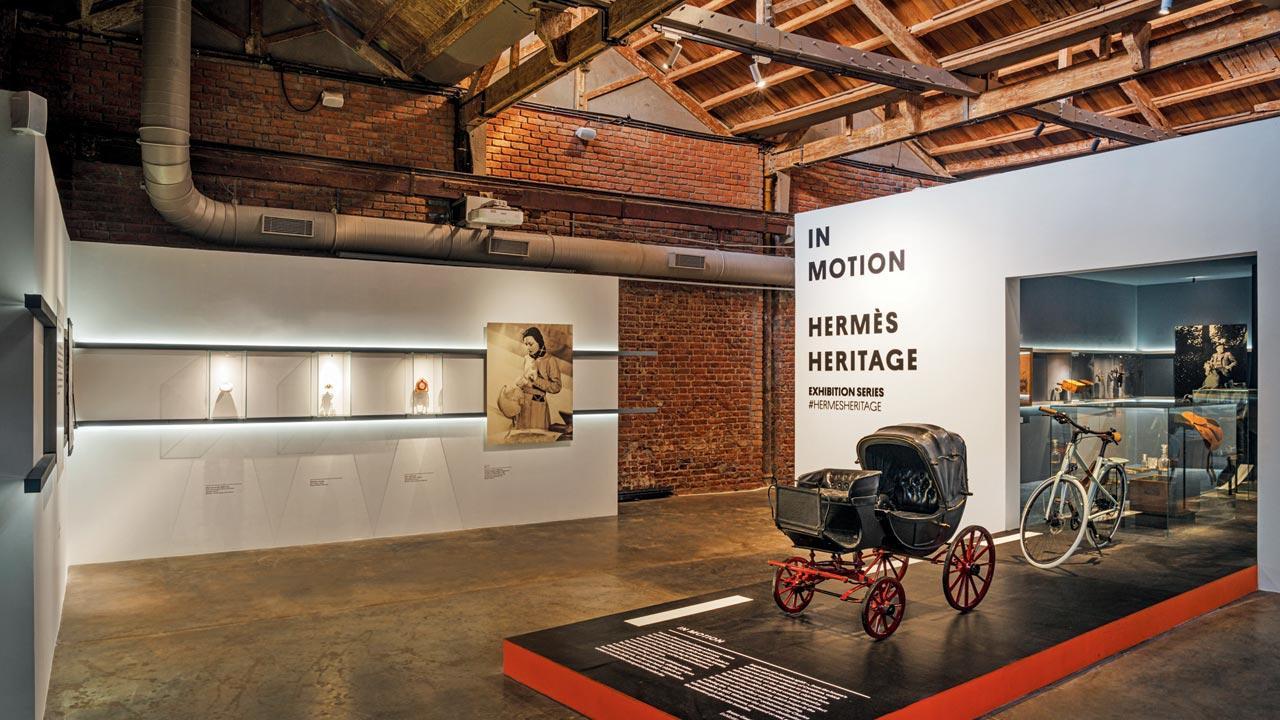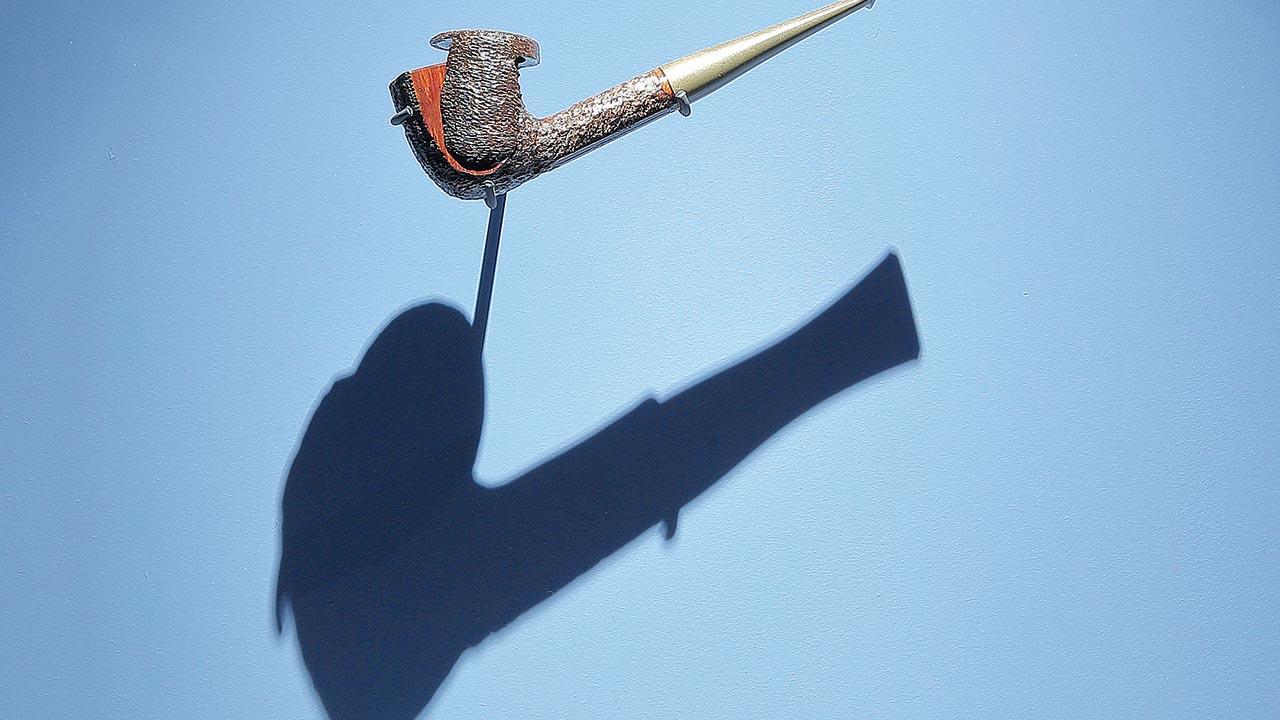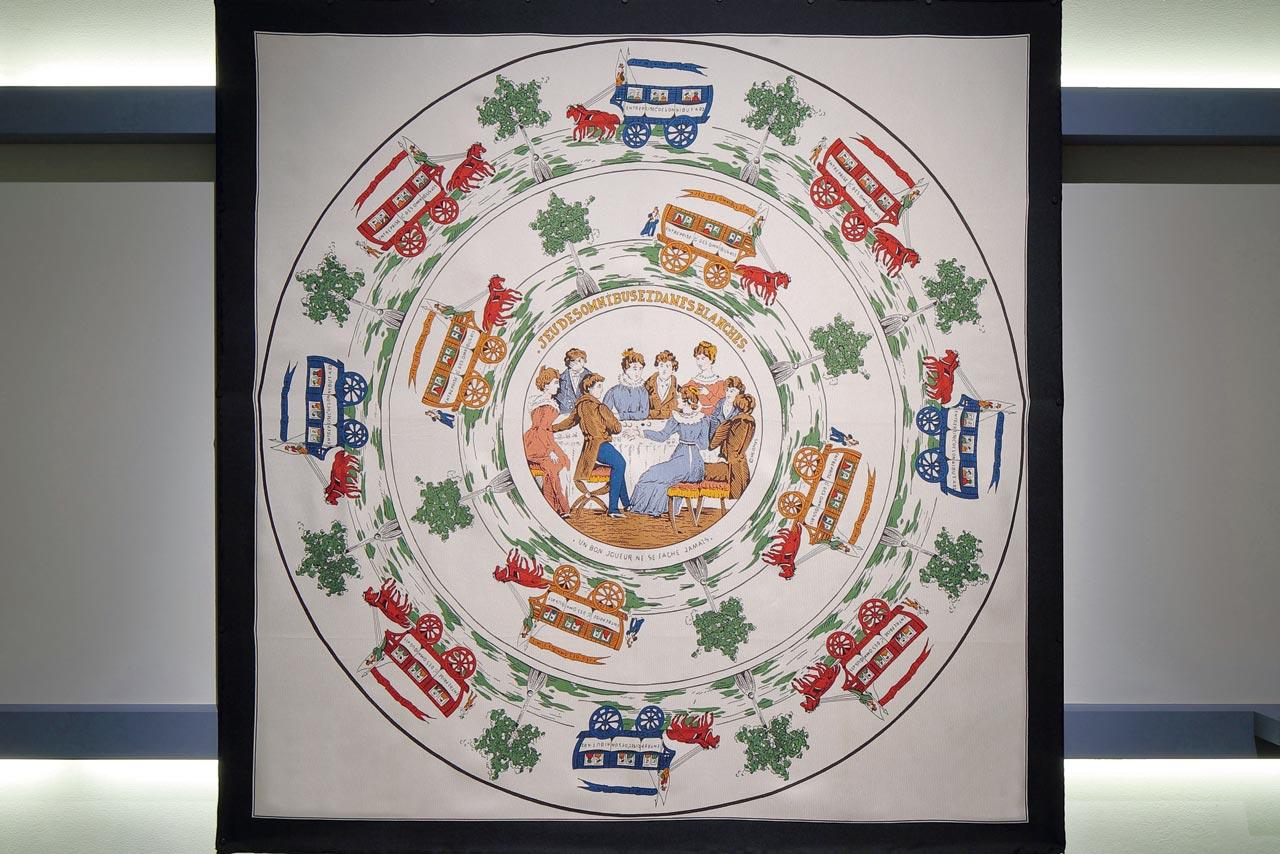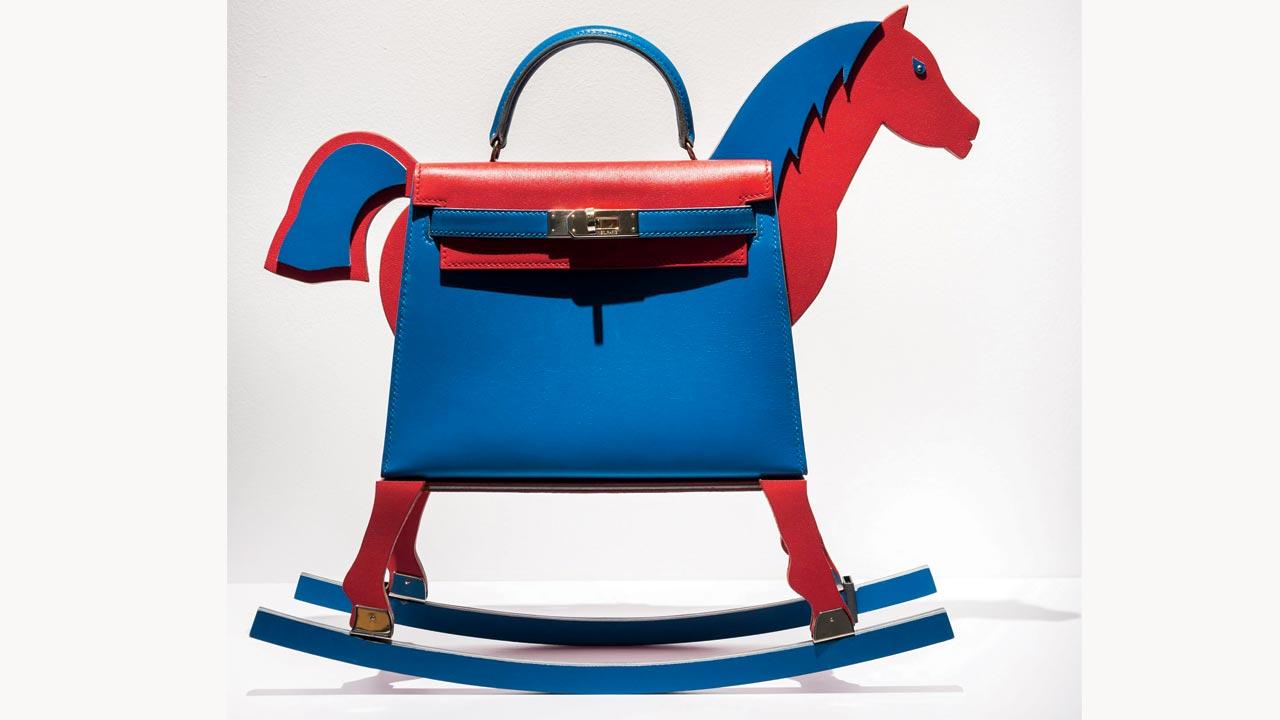A French luxury fashion brand is hosting an exhibition in the city inspired by heritage, innovation and mobility, and it’s well worth your time to drop by

The Goat carriage and Le Flaneur d’Hermes bicycle at the Hermes Heritage In Motion exhibition. Pic Courtesy/Fabien Charuau
 As a city Mumbai was built to look forward. Take IF.BE, for instance, the newest transdisciplinary hub for art, design, retail and community located in the city’s oldest business district of Ballard Estate. Standing between Cochin Street and Calicut Street, the exposed brick, stone and glass structure stands here with the promise of offering new adventures through its heritage address that once housed Bombay Ice Manufacturing Co., founded by businessman Nanabhoy Byramjee Jeejeebhoy in 1878. It later came to be known as Ambico Ice Factory.
As a city Mumbai was built to look forward. Take IF.BE, for instance, the newest transdisciplinary hub for art, design, retail and community located in the city’s oldest business district of Ballard Estate. Standing between Cochin Street and Calicut Street, the exposed brick, stone and glass structure stands here with the promise of offering new adventures through its heritage address that once housed Bombay Ice Manufacturing Co., founded by businessman Nanabhoy Byramjee Jeejeebhoy in 1878. It later came to be known as Ambico Ice Factory.
IF.BE (the name is an acronym for Ice Factory and Ballard Estate) occupies a single-storeyed, terraced space, revelling in a rare lived-in yet modern atmosphere. It looks like a giant chunk of concept art with a vertiginous 147-year-old banyan tree standing handsomely in the courtyard of the 10,000 square-feet property.
 Hurricane storm-resistant pipe
Hurricane storm-resistant pipe
It’s a fitting location for Hermès, the French luxury goods maker, to host the Hermès Heritage In Motion exhibition (on view till November 20). The latest leg in a series of touring exhibitions is in many ways a perfect evocation of the brand’s journey, which was founded in 1837 by Thierry Hermès for equestrian commodities like saddles and harnesses. The gallery’s industrial architecture manages to conjure a romance of travel with a curved track connecting five exhibition rooms: The World of Hermes, Emile Hermes Travels, Movement is Elegance, Construction Games and The Immobile Journey.
The Hermes signature colour, orange, flows through the space like a ribbon, instantly appealing to the viewer’s curiosity from various angles. Marie-Amelie Tharaud, who is director, Hermès Conservatory of Creations, is segueing us through the mosaic of rooms that have repurposed nostalgia for a new generation. She shares that this cycle of exhibitions has been conceived by the brand’s heritage and communications teams, overseen by Bruno Gaudichon, the famous French museum curator. “It was important for us to have an external eye of a specialist in 19th and 20th century French art history,” she says.
 Inversable service of 8 spill-proof glasses for sailing
Inversable service of 8 spill-proof glasses for sailing
The first piece we see is a composed experiment reinstating its lineage with the black and red Goat carriage, circa 1890, in leather and lacquered wood. Much of what we can do with new design ideas is about having a dialogue between the past and present. Behind this carriage stands the 21st century’s urban mode of transport, the bicycle. Le Flaneur d’Hermes bicycle comes fitted with a carbon frame and the eponymous saddlebag.
Featured as part of the Emile Hermes collection, Jeu des omnibus et dames blanches is the very first scarf designed by the house in 1937. It depicts a scene when Paris had introduced its first mode of public transport, the horse-drawn omnibus. On the scarf, concentric circles carrying horse-drawn vehicles encircle the ladies seated in the middle like chess pieces on a game board. It’s a homage to the board game popular around 1830.
 Bolide Picnic bag. Pic Courtesy/Fabien Charuau
Bolide Picnic bag. Pic Courtesy/Fabien Charuau
There are a few photographs on display too, most remarkably, a painting embellished with gold highlights, which was a design for the horse-drawn carriage that was meant for use in the coronation of King Louis XVIII of France in 1816. But as legend goes, because Louis XVIII renounced pomp, the horse-drawn carriage wasn’t used until the time of Napoleon III. The photograph in another corner pictures Charles-Émile Hermès, the son of the brand’s founder Thierry Hermes, riding a wooden rocking horse that belonged to the family of Julie Hollande, his son Emile’s wife.
In the middle of the 20th century, European waters were shadowed by the traumatic memories of war. But on the seas, far from lighthouses, the glow of a lit pipe could offer comfort to seafarers at night. Created in 1956, the Hurricane storm-resistant pipe features a swivelling cover with six holes allowing a smoker to puff on deck without being bothered by wind or sea spray. Another item desirable for seafaring is the Inversable, 1934, service of eight glasses with mobile rings mounted on an axis that keeps the glasses upright no matter how rough the seas get. An innovative system allows them to spin without spilling.
 Picnic cane conceals a set of fork and knife in its handle by a trompe l’oeil effect; (right) Letter opener. Pic Courtesy/Edward Hendricks
Picnic cane conceals a set of fork and knife in its handle by a trompe l’oeil effect; (right) Letter opener. Pic Courtesy/Edward Hendricks
The first object that Emile Hermes collected at the age of 12, we learn, was a cane, and it is said that the canes later became one of his largest collections. The Picnic cane from the early 20th century featured in the exhibition conceals a fork and knife set in its handle by a trompe l’oeil effect.
 Jeu des omnibus et dames blanches scarf
Jeu des omnibus et dames blanches scarf
Originally named Sac pour l’auto (bag for automobiles), the Bolide Picnic bag was released at the same time as the motor car. It is believed that the bag was designed in the early 1920s for Emile Hermes’s wife, Julie, one of the first women in France to obtain a driving license. Touted as the first Hermes bag to incorporate the use of a zipper, it was meant to sit snugly between the car seats. During its time, the bag was considered a totem of the brand’s responsiveness to the changing times. Looking at the bag today, would you agree that it was also fashion forward?
 Kelly rocking horse bag. Pic Courtesy/Edward Hendricks
Kelly rocking horse bag. Pic Courtesy/Edward Hendricks
Is it the nostalgia of journeys past, or the desire to discover unknown lands that inspires us? Even when sedentary, Hermes travellers seem to surround themselves with objects which evoke departures and arrivals. The Pippa writing desk, created by Rena Dumas and Peter Coles is a concise amalgamation of the paradox of imaginary travels while the silver, gold and sapphire Letter opener, 1965, gently cajoles to connect with the lost practice of writing by hand.
Made from Gulliver calfskin and palladium-finish brass, the Kelly rocking horse bag, 2004, is probably one of the most unique conflation Hermès’ equestrian heritage and famed Kelly bag. If you decide to drop by, use the touchscreen bar below the item to rock the bag back-and-forth. Small joys!
 Subscribe today by clicking the link and stay updated with the latest news!" Click here!
Subscribe today by clicking the link and stay updated with the latest news!" Click here!










